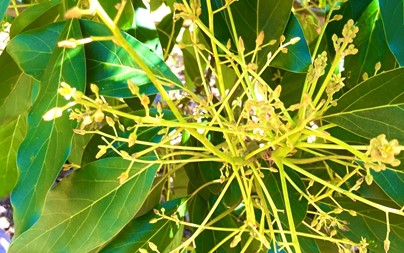
Last month, Novum Lifesciences presented at a Growers Shed meeting in Far North Queensland to highlight and discuss the importance of Sap testing of tree crop flowers being a part of your routine testing program.
This was primarily aimed at Avocado growers but is relevant for numerous other fruiting tree crops such as Macadamias, Mangoes and Lychees as well.
Sap testing tells you what nutrients are mobile within that tissue at the time of sampling. There are several nutrients vital for pollination, fruit set, fruit development and fruit quality or marketability. Two nutrients of worthy mention are Calcium and Boron.
Boron is often considered a tricky element, too much is toxic, too little and your fruit quality is severely affected. In some crops like avocados it is only transported during specific conditions with very specific sugars and if you miss this window, this element is not available when and where it needs to be. Boron is transported from the roots as boric acid, which is not phloem mobile. The trees rely on the xylem to move boron with water upwards via the transpiration stream. Any situation where water transport is limited will result in a limit on boron uptake from the roots.
Conditions such as heat stress and salinity which cause the crop to respond by restricting water loss from transpiration by closing the stomata, will affect Boron uptake. This can affect flower development, pollination, fruit set and fruit quality. Boron also influences the use of Calcium within the plant and affects its functions in the plant’s development.
Calcium is essential for fruit development and fruit quality, also affecting senescence breakdown and the shelf-life of your produce. In avocados we see Corky fruit tissue, often not noticed till after harvest when quality checks are performed, or poor storage life on market shelves.
So where does Sap testing of flower raceme come into this?
As previously mentioned, sap tests tell us what nutrient are mobile in the sap in that area of plant tissue and can provide insight into the effectiveness of your irrigation, fertilisation and whether you need to make a swift foliar application. If Calcium and Boron are low in the flower sap, your production is at risk and you may not realise till after fruit set or after harvest how detrimental it has been.
The time frames for sap results are especially quick compared to dry tissue tests, at 1-2 working days after arrival at the Hortus Analytical Laboratory. As we have seen with some of our customers the sap test results can make the difference between a crop to harvest or no crop at all.
